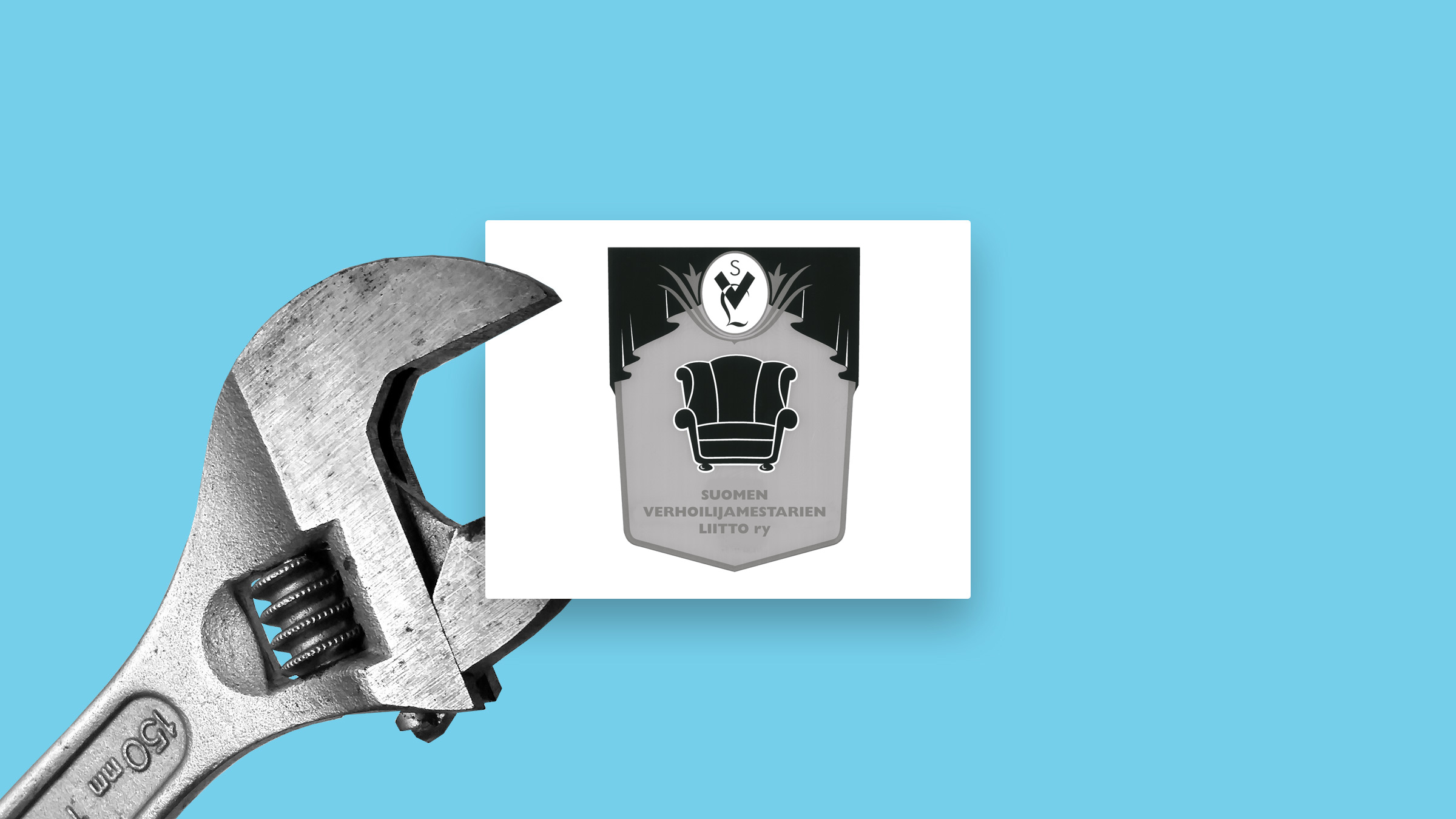Problem
Most pieces of furniture reach the end of their life cycle too soon, ending up at a recycling centre or being incinerated. Manufacturing new furniture always consumes natural resources and energy. New furniture is often considered better than old but its materials and joints may be of poor quality and may break easily. Often it may even be impossible to repair furniture because of its poor quality. Even a high price is no guarantee of high quality.
Solution: professional care from upholsterers breathes new life into furniture
Upholsterers are often small-scale entrepreneurs that specialise in prolonging the life of old items of furniture. A customer will send a request for a quote to an upholsterer and agree on special requests, choice of fabric and the timetable for the work. For example, upholstering a basic sofa will take at most five working days, and often the work can be done within a few months of contacting the professional. A transportation company will pick up the item from the customer and return it once the work is done. For example, one sofa that is reused will save the equivalent of approximately 48 kilos of CO2 compared to manufacturing a new one, or the equivalent of driving 240 km in an average car.
Revenue model and benefits for the upholsterer
The upholsterer receives income from the design service and from upholstering furniture. The duration and price for redoing the upholstering are determined on a case-by-case basis. Upholsterers are the circular economy professionals of the interior decoration business and are experiencing growing demand.
Benefits to the customer and end user
Often the upholsterer’s customer is a household or a business. The professional upholsterer can extend the mileage of a customer’s furniture, and the customer has the chance to make special requests and receive a unique result with little extra effort. The customer can trust they will get furniture that lasts for the long term, is of high quality and is personal.

Recommended
Have one more?